In an age where refined grains and sugar have been outed as relatively unhealthy, many people are seeking out other types of foods to get their carbohydrate fix in. Many people have recommended brown rice and quinoa over the more traditional white rice, and all 3 over things like pasta, bread, and cereal.
But is there much a difference between these 3 popular foods? Is one better than the others? Keep reading to find out which food you should add as your next side dish.
White Rice
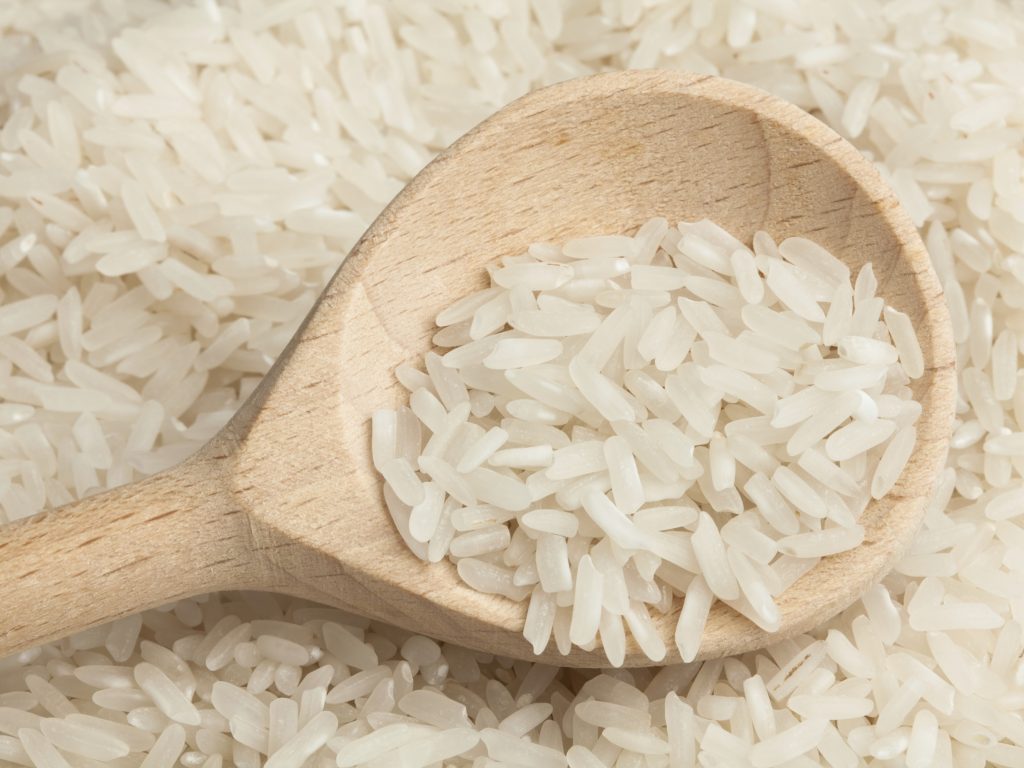
Advertisements
Image source: lyporia.com
While white rice is naturally gluten-free (like other natural rice varieties, including brown rice), it’s probably the least “healthy” of the 3 foods up here for discussion. Why? Though more natural than wheat and other grains, white rice is processed to the point where its healthy brain, germ, and husk (plant parts) have been removed. This renders white rice less nutrient-dense and slightly higher on the glycemic index (a measure of how much a food tends to increase your blood sugar, with higher being less healthy).
Brown Rice

Image source: www.livescience.com
Brown rice (and other natural types of rice like wild rice and red rice) is what you have when the healthy germ and bran hasn’t been completely removed (or hulled). It offers more vitamins, minerals, and nutrients–such as selenium, magnesium, vitamin E, and vitamin B–compared to its white counterpart, and offers a heartier, nuttier taste.
Advertisements
Additionally, brown rice has a higher fiber content than white rice, meaning that it won’t spike your blood sugar as much and can help regulate your cholesterol levels and digestive health.
You might ask why someone would bother to remove the healthy germ and bran in the first place, or in other words make brown rice into white rice. The answer is that brown rice tends to spoil faster than white rice, making it a bit more expensive and harder to store and transport.
Quinoa
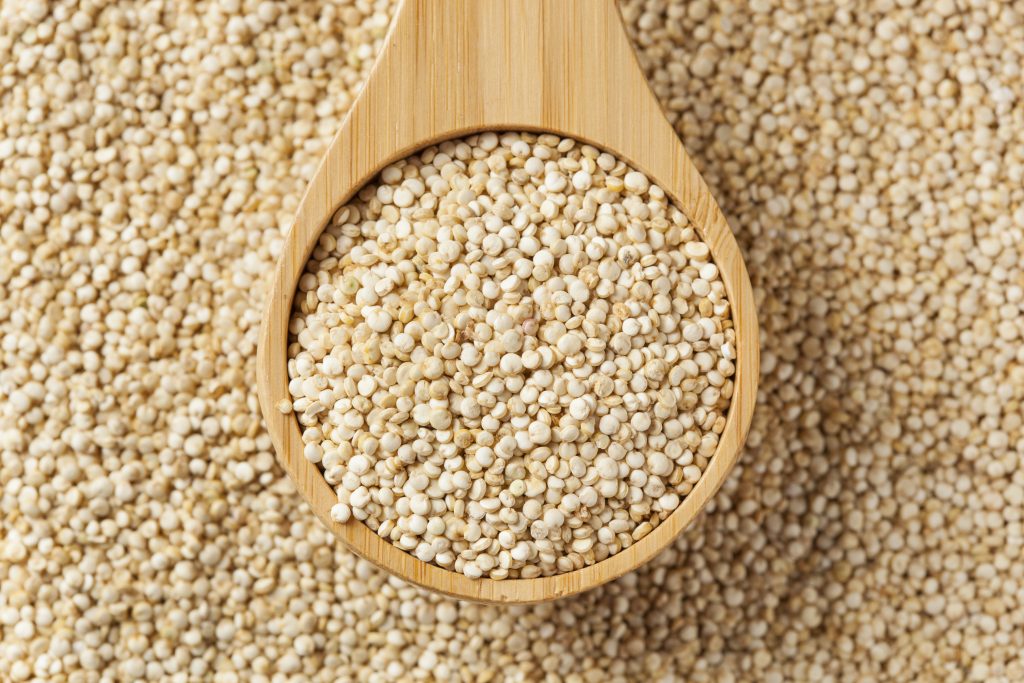
Advertisements
Image source: www.brainscape.com
Pronounced KEEN-wah, this grain-like food is actually the seed of a plant from the goosefoot family (spinach and chard are a couple of its relatives). Among its many claims to fame, it’s a good source of animal-free protein, containing all 9 essential amino acids. Like rice, it’s also naturally gluten-free. It’s also relatively low on the glycemic index scale, meaning it won’t spike your blood sugar a ton.
So, if left with a choice between white rice and brown rice, it’s generally worth it to go for the latter. Choosing between brown rice and quinoa may be a toss up and in most cases depends on personal preference, since both are fairly equal when it comes to health benefits.
Keep in mind that all 3 choices do have a higher carbohydrate content compared to fresh veggies, so if you’re going for a low-carb lifestyle, consider skipping these altogether and trying “riced” cauliflower instead.


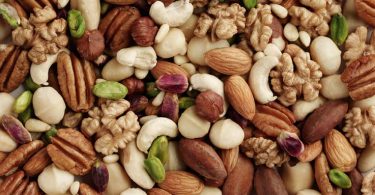
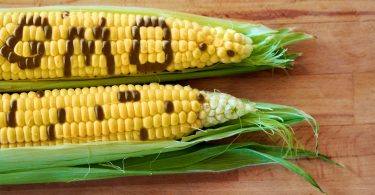
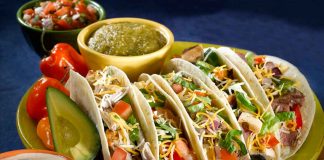
Comments